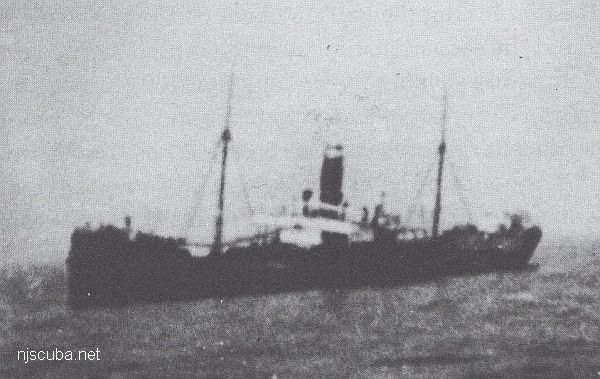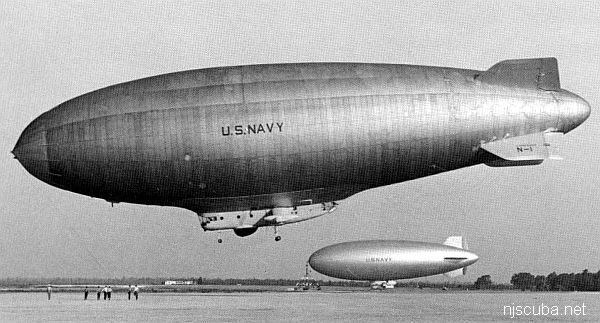
- Type:
- shipwreck, freighter, USA
- Name:
- Named for a town in eastern Wisconsin?
- Built:
- 1907, England, as Hogland
- Specs:
- ( 271 x 39 ft ) 1869 gross tons
- Sunk:
- Sunday June 2, 1918
bombed by U-151 - no casualties - Depth:
- 220 ft
More: Winneconne ...
More: Deep Sea Dive Sites ...

More: Winneconne ...

More: ZPG-3W Reliance ...